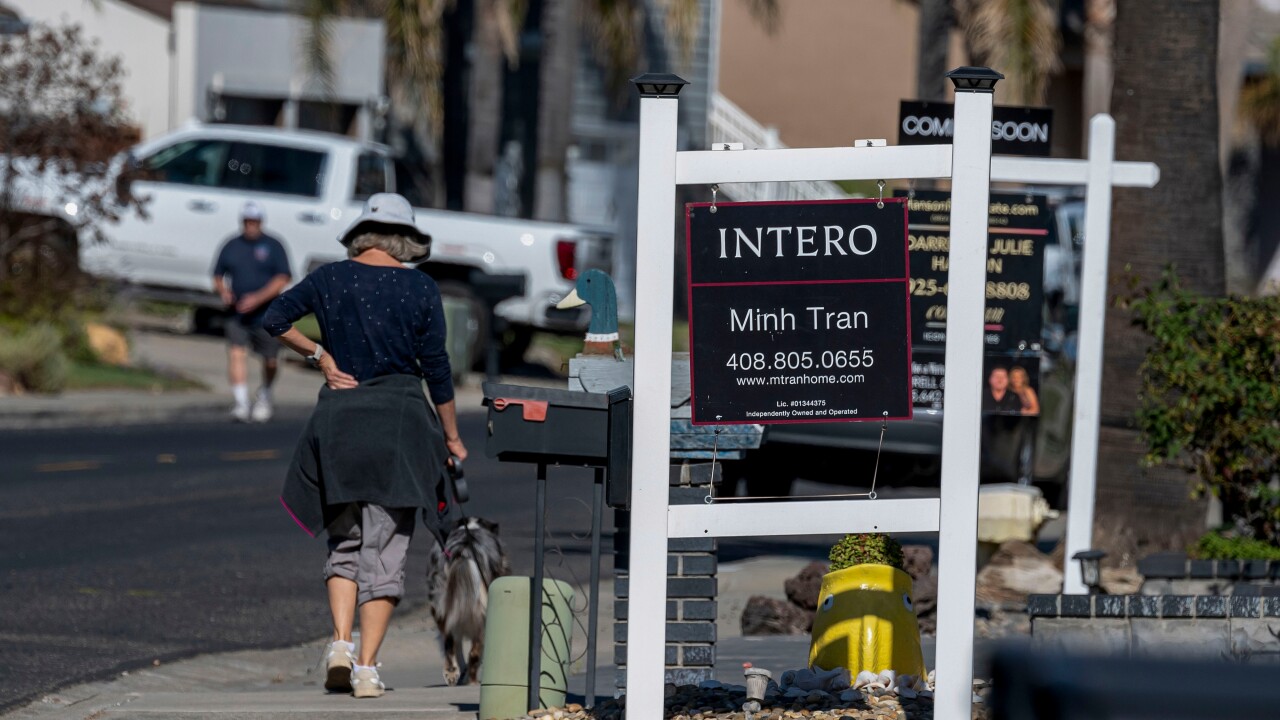The U.S. Court of Appeals for the Second Circuit on Wednesday affirmed foreclosure restrictions applied to a limited liability company that owned a property because a resident who had filed a bankruptcy petition held a majority interest in the LLC.
In the case, Bayview Loan Servicing v. Eileen Fogarty, the appeals court found that the mortgage company “willfully” violated an automatic foreclosure stay by proceeding despite its awareness of the petition. (Attempts to reach a legal representative for Bayview had been unsuccessful at the time of this writing.)
The case is a reminder that the courts tend to take an expansive view on bankruptcy-related restrictions to foreclosure, said Stephen Newman, a partner in Stroock & Stroock & Lavan’s financial services litigation, regulation and enforcement group.
“This is yet another message from the courts to the effect of: ‘If there’s a bankruptcy anywhere near the transaction, file a formal motion to lift the automatic stay,’” Newman said in an email.
Fogarty had filed the bankruptcy petition after Bayview had obtained a judgment that allowed it to proceed with a foreclosure sale. She then notified the servicer “that, in her view, proceeding with the foreclosure sale would violate the automatic stay,” according to court documents.
While the petition “may well have been filed in good faith,” its existence did risk “inconvenience and disruption to the court-ordered sale,” and that was an understandable concern for the servicer, the court said.
However, although the mortgage company could have addressed that concern through other means if it led to an “inequitable” situation, it didn’t, according to the court.
“Here, Bayview did not avail itself of that means. Accordingly, we must conclude that Bayview violated the automatic stay when it proceeded with the sale after Fogarty filed her bankruptcy petition,” the appeals court said.
This suggests that “the safest source of action is to ask the court for relief from [a] stay even…when it’s believed that the bankruptcy case isn’t filed in good faith,” said Newman.
Overall,
Although in May the mortgage market had just a 0.33% foreclosure rate, it was 17.55% higher than 12 months earlier, according to Black Knight’s latest





